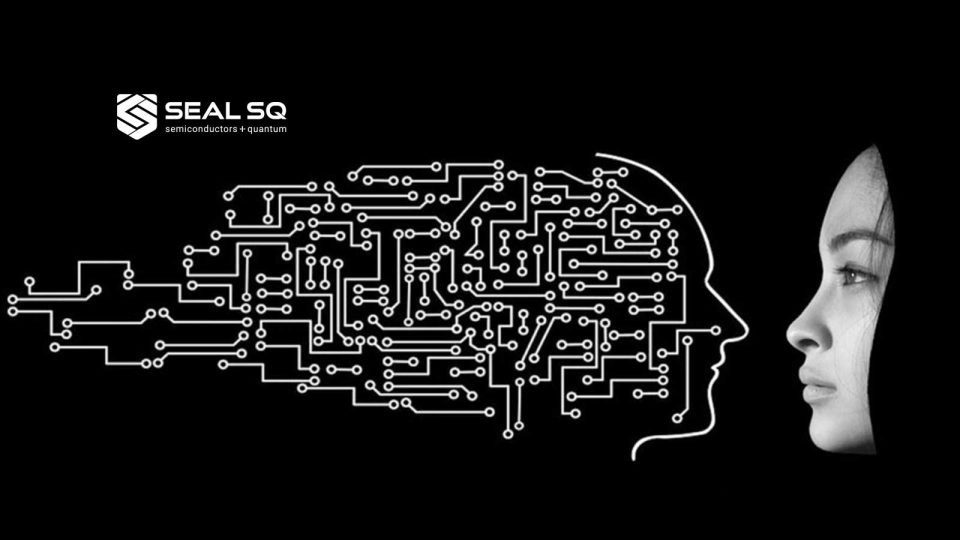The new INeS version is fully integrated with SEALCOIN (to become available end Q2 2024) and crafted to cater to the burgeoning sectors of the IoT and Machine-to-Machine (M2M) communication
SEALSQ Corp a leader in semiconductor, PKI, and Post-Quantum technology unveiled new upgrades to INeS, its Certificate Management Solution (CMS), tailored for the IoT domain. These upgrades extend the platform’s capabilities in registration, configuration, provisioning, maintenance, and monitoring of IoT devices, enabling seamless integration with major cloud providers including Azure IoT Hub, AWS IoT, and Google Cloud IoT.
Recommended: Revolutionizing Business Reporting with Cloud Reporting Tools
This integration empowers SEALSQ to offer comprehensive IoT device management services as part of its product suite. This new INeS version is fully integrated with SEALCOIN, which should become available end Q2 2024, and crafted to cater to the burgeoning sectors of the IoT and M2M communication. This groundbreaking token is not just another addition to the crypto ecosystem, but a pivotal force that could redefine how machines interact and transact in a highly interconnected world. The multifaceted applications of SEALCOIN illuminate its potential to transform various industries and streamline people’s daily lives.
The INeS platform introduces an advanced Device Management feature accessible via a web interface and REST API. This innovation allows customers and developers to automate the management of devices and certificates, seamlessly integrating these processes with the manufacturing pipeline. INeS excels in remotely managing credentials, including the activation, deactivation, revocation, renewal, and secure provisioning (point-to-point secure update) of IoT edge devices and business applications.
Expanding the application spectrum, INeS enables a multitude of industrial uses. From facilitating predictive maintenance across industries, optimizing productivity with equipment and machinery monitoring, to enhancing smart home experiences with connected appliances and enabling secure communication between devices like self-driving cars and smart homes, INeS serves as a cornerstone for the IoT era. SEALSQ’s technology not only ensures that connected devices evolve into intelligent entities capable of self-defense and learning from cyber threats but also facilitates the sharing of this intelligence across networks.
SEALSQ offers the INeS platform as a managed service from its secure data centers located in Switzerland. Nonetheless, to cater to diverse customer requirements and security mandates, on-premises and hybrid deployment options are also available. The platform is designed to support multitenancy, enabling customers to leverage a single software instance for multiple, independent projects or solutions.
The evolution of device management services is driven by the expanding diversity of device technologies, such as edge intelligence and connectivity technologies, and by customer challenges like scalability and security in IoT deployments. Anticipating future needs, suppliers are preparing for an era where over 40% of connected devices will employ various Low Power Wide Area (LPWA) technologies by 2026. With the demand to manage an increasing array of connected devices, global technology intelligence firm ABI Research predicts that IoT device management services will generate revenues exceeding $36.8 billion by 2026.
Recommended: Essential Skills for Future CIOs in 2024 and Beyond
Employing public key cryptography and digital certificates, SEALSQ’s enhanced INeS CMS for IoT offers a versatile and scalable certificate management solution. It facilitates the issuance, validation, and management of digital identities through PKI solutions, encapsulated in Digital Certificates, aligning with X509 ITU (ISO/IEC 9594-8:2001) standards. The platform also accommodates all major certificate enrollment protocols, including SCEP, CMP, CMC, and EST.
To safeguard IoT ecosystems, embedding security from the initial stages of microchip design is paramount. The incorporation of the Root of Trust (RoT) within connected devices ensures secure interactions among objects and between objects and business applications. SEALSQ’s ecosystem spans across diverse IoT sectors, including smart cards, smart cities, drones, anti-counterfeiting measures, smart lighting, servers, and mobile phones. Positioned at the forefront of IoT, SEALSQ’s VaultIC Secure Elements protect vast quantities of data, which, when analyzed with AI, enable the detection of cybersecurity threats and the prediction of equipment failures before they occur. SEALSQ’s IoT revenue model is recurrent, focusing on the authenticated data produced by microchips and RoT and the enabled services, rather than the hardware components themselves.
Recommended: Combatting AI Election Influence: OpenAI, Meta, and Tech Titans Strike Collaboration
[To share your insights with us as part of editorial or sponsored content, please write to sghosh@martechseries.com]


